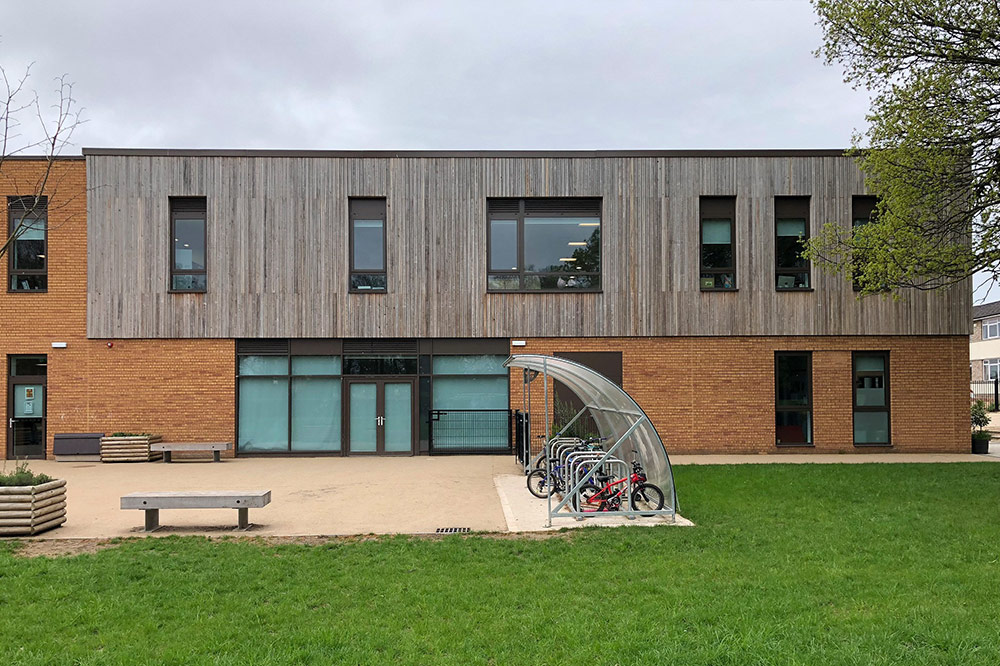5 Timber Cladding Tips and Tricks to Create Stunning Buildings
Here at NORclad we’re passionate about timber cladding. From small domestic homes to large commercial properties, timber cladding is a great solution for anyone looking to create a stunning building. It is a versatile and sustainable material with strong environmental and economic benefits so it’s easy to see why it’s a material that has become so popular in recent years.
If you’re thinking about utilising timber cladding on your next project, then be sure to have a read of this handy guide where we explain our top tips and tricks for helping you to ensure you get the best results.
Utilise the Right Specie
A wide range of timber cladding species are available to purchase and as different species behave slightly differently, it’s absolutely imperative you pick one that is suited to the nature of your project. Although the appearance and colour of the wood may seem the most important factor in determining which specie you choose, you also need to consider its durability, texture, cost and maintenance.
Some of our favourite timber cladding species include European Redwood, British Larch and Canadian Western Red Cedar.
To find out the key details about some of the different species available, take a look at our timber species guide where we discuss the characteristics of the various species. Or if you’d like more personal recommendations, please don’t hesitate to get in touch with our team today – we’d be more than happy to advise on the best species for your specific project.

Decide on the Profile
Once you’ve selected a wood, the profile of the timber will need to be chosen and then cut to the right size. This is another important part of the process as the profile you choose won’t just influence the way the cladding looks and behaves; it will also have an impact on the installation.
Some cladding profiles are easier to install than others, and just like the specie you choose, some profiles will be more suited to your project than others.
We like using Tongue and Groove cladding as it is easy to install, possesses a professional appearance and creates very strong structures. Its interlocking joints provide an effective shield from harsh weather conditions and it’s also a good insulator.
How to Fix Timber Cladding
For the best results, we recommend using Stainless Steel grade 304 fixings on your timber. Annular Ring Shank nails with a flat head are preferred to lost/small had nails. The fixing should sit flush to the board surface – hand nailing is advised for all installations to ensure there are no overdriven nails (where nails are overdriven, the hole should be filled with an exterior grade wood putty).
Generally, we recommend the nails are fixed through the thickest part of the cladding with each board fixed independently, ensuring 3mm spacing is left between Tongue and Groove boards to allow the boards to move as they take on and lose moisture. When fixing end to end, allow a 2-3mm gap to allow for expansion.
Acclimatise your Timber
Remember that timber is a natural material and as such will respond to the environment. Regardless of the species and profile, all timber cladding will swell and shrink as moisture is absorbed and lost. This is a natural process as the wood acclimatises and seeks to reach equilibrium moisture content with the surrounding environment.
It is therefore vital that your timber has fully acclimatised before it is installed to prevent it from changing size and causing issues once installed. To enable it to acclimatise, store your timber in a dry and cool place with good ventilation through the package (remove wrappers).

Treatment for your Timber
To make sure you get the most out of your cladding, one thing we strongly recommend is to treat and preserve your timber. Exterior cladding is exposed to all types of weather conditions and has to fight against rot, fungal decay and insects on a daily basis, so in order to maintain its health, appearance and longevity, it’s critical it’s adequately protected with a high-quality solution.
How you treat your wood will largely depend on the timber species you’ve decided to use in your project. Some hardwoods are naturally very durable and aren’t too susceptible to decay whereas others are much more vulnerable.
NORclad Brunnea treatment is a professional and reliable exterior cladding treatment that can be used in a variety of applications. It’s a high pressure, water based preservative treatment designed to enhance the durability and appearance of timber cladding so is perfect for protecting your wood. It provides long term protection to help the timber withstand the elements and also contains a UV inhibitor that holds the timber’s colour for a longer period of time and reduces the rate of weathering.
Timber Cladding with NORclad
If you’re looking to create a stunning building or are wanting to transform the appearance of your current property with timber cladding, feel free to contact our team of cladding experts today. We’re a specialist manufacturer of wood cladding with over 40 years of experience in helping bring clients’ ideas and visions to life!
Take a look at our case studies for timber cladding inspiration!
See more: How to Build an Eco-Home – Step by Step Guide
See more: Hardwood v Softwood – Which is Best for Timber Cladding?


















